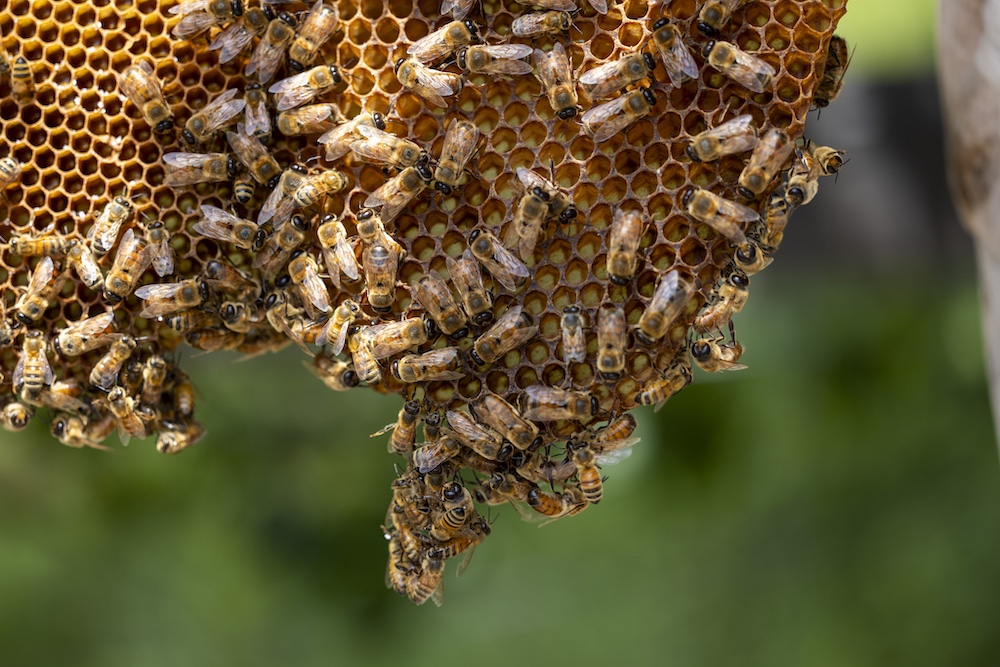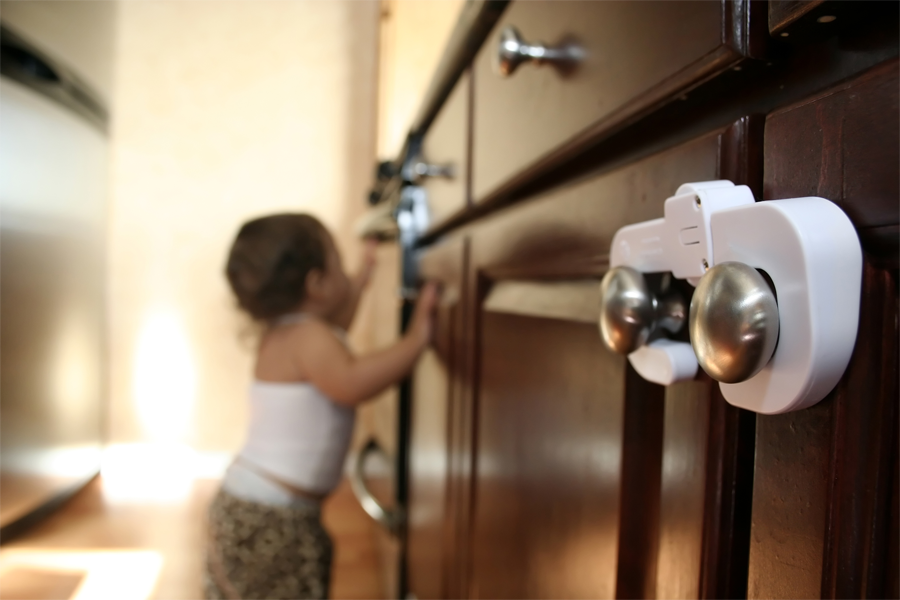By April Reese
University of Georgia
Be sure your Christmas dinner is properly cooked. Calibrate your
food thermometer so the reading is accurate.
Elizabeth Andress, an extension service food safety specialist
with the University of Georgia College of Family and Consumer
Sciences, warns cooks of the risks associated with an inaccurate
thermometer.
“Be sure to calibrate your thermometer before checking
temperatures, or they don’t mean anything,” Andress said.
There are two ways to check the accuracy of a food thermometer,
she said. The preferred method uses ice water, the other boiling
water. Many food thermometers have a calibration nut that can be
adjusted.
Method 1: ice
Andress suggests using an ice-water slush to calibrate your
thermometer. “The ice method is a much easier process to manage
than boiling water and very accurate no matter where you live,”
she said. “Boiling temperatures will vary with altitude.”
She lists five easy steps that can make your holidays safer.
- Make a 50/50 ice and water slush — at least half ice. The
more ice the better, but you need water to fill in all the air
spaces around the pieces of ice. Make it deep enough to stick the
whole sensing area (tip) of the thermometer into the middle of
it. - Immerse the thermometer stem into the slush, making sure the
tip doesn’t touch the container side or bottom. - Wait until the temperature reading stops changing. This may
take 5 to 10 minutes. Once you think it has stopped, make sure it
stays the same for 3 full minutes. - The temperature should read 32 degrees F. If it doesn’t, turn
the calibrating nut under the dial or face until it does read
32. - Clean and sanitize the thermometer and its case before using
to check food temperatures.
Method 2: boiling water
The United States Department of Agriculture suggests boiling
water as an alternative method for checking accuracy.
- Bring a pan of clean tap water to a full rolling boil.
- Immerse the stem of a food thermometer in the boiling water,
at least 2 inches, and wait at least 30 seconds. Make sure the
reading on the thermometer isn’t still changing. - Without removing the stem from the boiling water, hold the
adjusting nut tightly in place under the head of the food
thermometer with a suitable tool and turn the dial head so the
thermometer reads 212 degrees F.
The boiling method may not read accurately due to varied
atmospheric conditions.
“Remember that water boils at a lower temperature in a high
altitude,” Andress said. “Check with the local Cooperative
Extension Service or health department for the exact temperature
of boiling water in your area.”
If you have a food thermometer that can’t be calibrated, it’s
still important to check it for accuracy.
“Small inaccuracies should be taken into consideration when using
the food thermometer,” Andress said. “Replace the thermometer if
it’s more than a few degrees off.”
For example, water boils at 212 degrees, so if the thermometer
reads 214 degrees, it’s 2 degrees too high. So when you’re
cooking ground-beef patties, which must reach 160 degrees, add 2
degrees and cook the patties to 162 degrees.
Digital food thermometers don’t have a calibration nut under the
head. But their accuracy should still be checked by one of these
methods.
Some digitals have a means of calibration described on their
package. If they can’t be calibrated, try changing the battery.
If that doesn’t make them read accurately, replace the
thermometer.
More information
For specific information on how to calibrate or use your food
thermometer or on recommended safe food temperatures, call your
UGA Extension Service county office (a
href=”https://testsecure.caes.uga.edu/personnel/
countydistrict.cfm”>https://testsecure.caes.uga.edu/personnel/
countydistrict.cfm). Or call the toll-free USDA Meat and
Poultry Hotline (1-800- 535-4555) from 10 a.m. to 4 p.m. (or
e-mail fsis.outreach@usda.gov).




